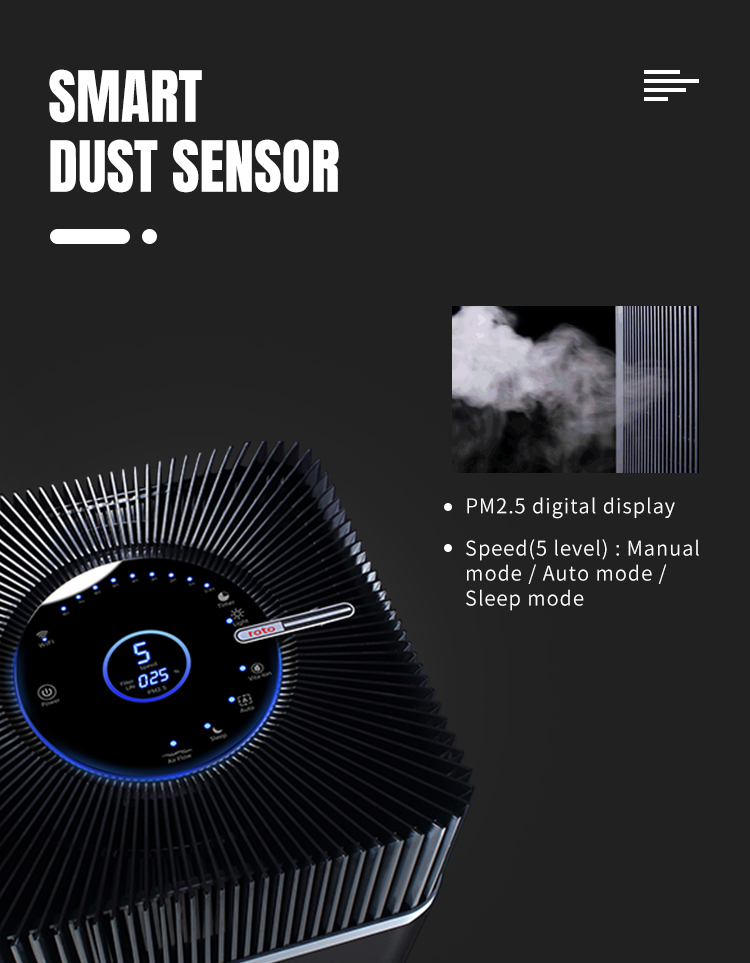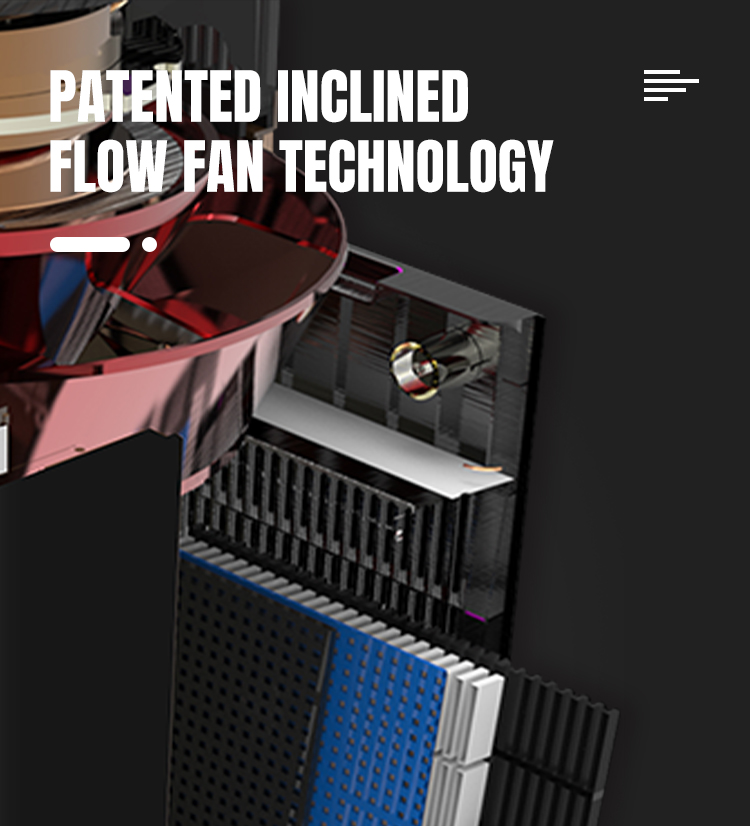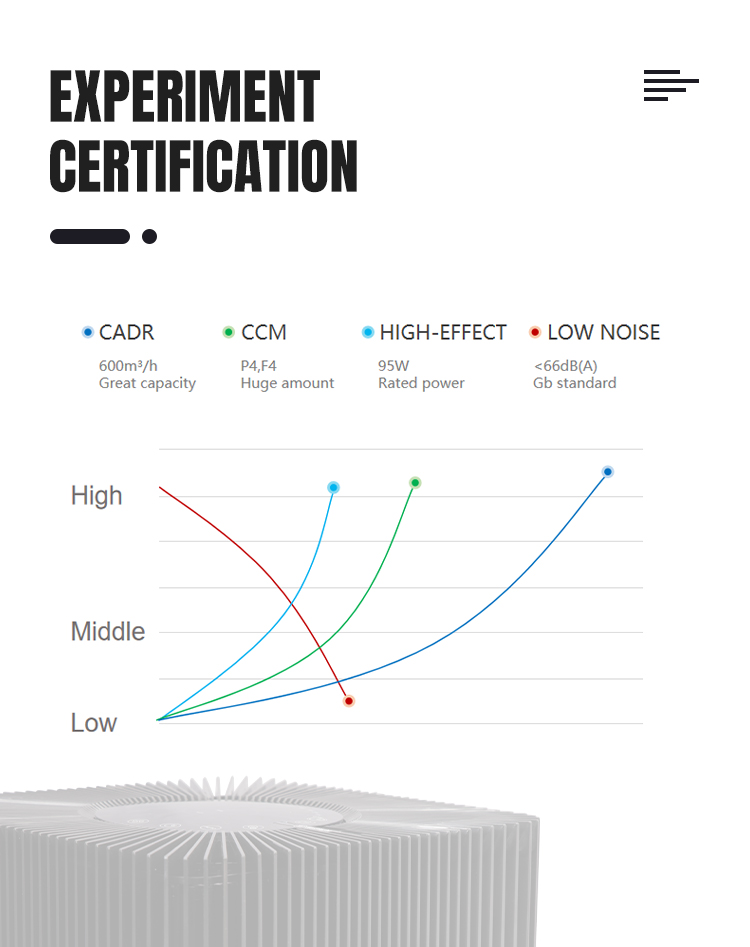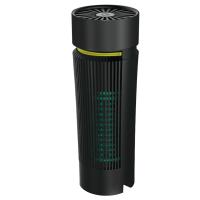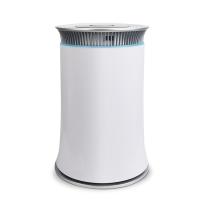HIPILOT(SHENZHEN) INTELLIGENT AIR EQUIPMENT CO., LTD
HBN is an innovation and technology-driven company with a group of
50+ professionals, elites and experts; the founders are all
professionals with 20 years of rich R&D, manufacturing and
sales experience in the Chinese home appliance industry, focusing
on the smart home furnishing and appliance industries (such as Air
purifiers, ozone generators) to help alleviate the crisis of indoor
air pollution. The R&D and design base is located in Shunde,
Guangdong, China's home appliance R&D and manufacturing center.
We have been pursuing excellent performance, excellent quality,
superb craftsmanship, and first-class service. Adhering to the
concept that design innovation drives value creation and delivery.
At HBN, we take responsible for our common goals as a global team.
And Together, we provide the filtration solutions that will make
our common future cleaner. We also aim to reduce the symptoms that
allergy sufferers go through either seasonally or year-round. We
accomplish this goal by removing harmful particles from the air
that aggravate indoor allergies. This is why at HBN, every air
purifier we design is made with HEPA H13 air filter, UVC-LED, RCI,
and plasma elimination technology. This makes a big differences
that many other companies don't want to resolve.
All products comply with ISO 9001, CETL, GS and CB standards, and
strategic cooperation with AERUS to develop ActivePure® technology,
HBN always believes that a safe and efficient working environment
belongs to everyone. We started a strategic cooperation with AERUS
to develop ActivePure® technology. With its concise and stylish
design and unique technology, HBN has become a rising star in air
purifiers since its debut at the US Expo. By providing professional
and high-quality products, HBN has won praise and has a mature
sales market around the world.






